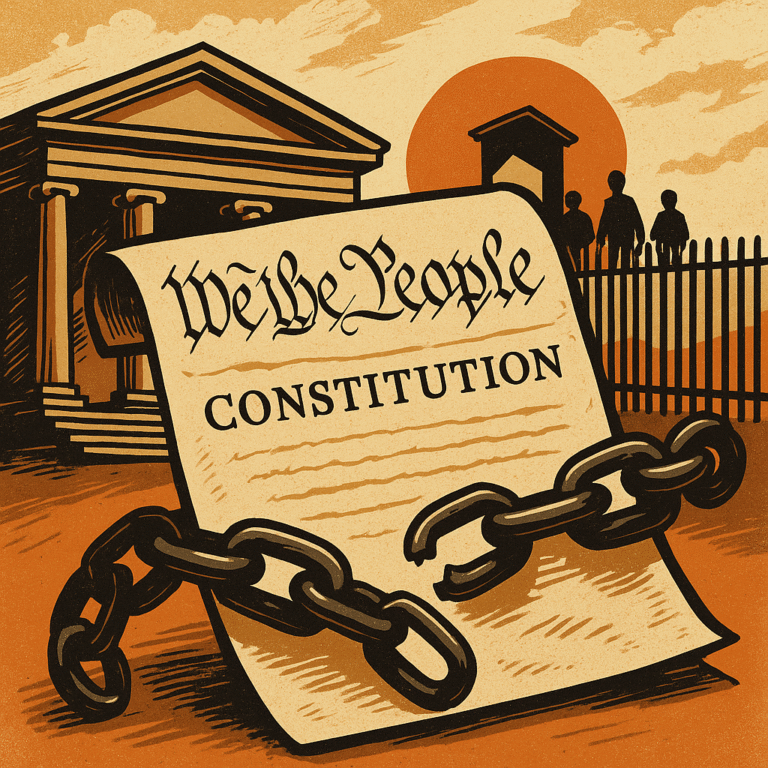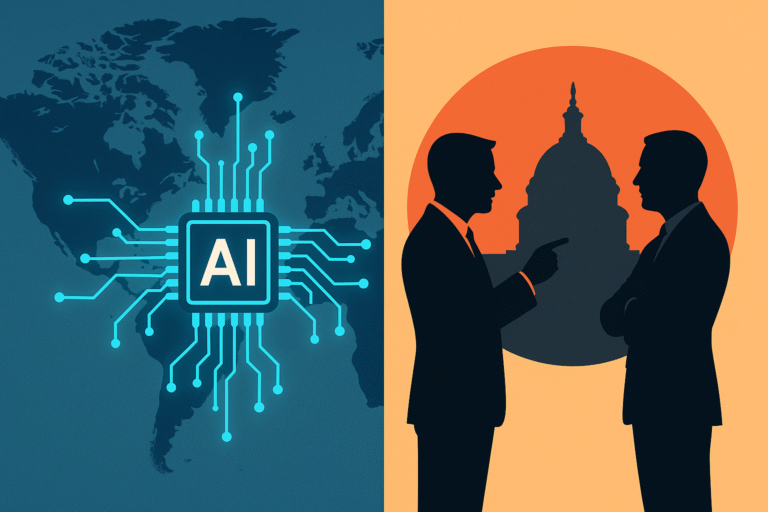The 12th May, 2025, marks a significant day in the ongoing US-China trade war. On this day, both countries signed an agreement to temporarily slash reciprocal tariffs. The deal signed in Geneva after meetings between representatives from both countries has signalled a positive impact on the global markets. However, questions about the long-term economic stability remained unresolved. Here’s a comprehensive breakdown of the agreement and its implications.

The Deal at a Glance: Tariff Reductions and Timelines
Tariff Cuts
Both countries agreed to cut the reciprocal tariffs they imposed in April 2025. The US will reduce tariffs on Chinese imports from 145% to 30%, and China to lower tariffs on US goods from 125% to 10%. A 90-day truce will begin on May 14, 2025. If both sides fail to reach a further agreement, the US and China will raise tariffs back to 34% from the reduced levels of 145% and 10%, respectively.
Existing Tariffs Remain
A crucial point in the agreement is that the tariffs imposed before April 2025 will still remain in place. It also includes Donald Trump’s 20% fentanyl tariffs and Joe Biden era levies on electric vehicles (100%) and solar products (50%). Consequently, China would retain tariffs on US agricultural goods, like 15% on soybeans, and other energy products.
Non-Tariff Measures
A crucial win for Trump’s administration in the deal is that China has agreed to stop limiting exports of rare earth materials, important for military equipment. China is also going to remove some US companies from its blacklist but only those which are blacklist since April, 2025.
Market Reactions: Relief Rally with Caution
Global Stocks Surge
With the arrival of the news of the deal, stock markets surge around the globe. The US stock market also showed positive signs. The S&P saw a rise of 2.8% and the Nasdaq 3.8%. The Stoxx 600 of Europe increased by 1%. Shipping company Maersk rose 12%. It signals that global trade will improve with the deal. Following the deal, the US dollar also strengthened by rising by 1.2%. Consequently, gold and the Japanese yen went down.
Analysts’ Mixed Views
Mixed signals have been provided by the experts for the aftermath of the deal. JPMorgan has called the deal better than expected as it would ease fears of recession. It is pertinent to mention that earlier, JPMorgan had called for a 60% chance of recession. Similarly, Deutsche Bank experts have also expressed optimism for tech companies and businesses affected by tariffs. However, there is still uncertainty in some sectors. As Goldman Sachs has observed that tariffs remain higher than pre-Trump levels. It said that 90 90-day window of the deal can leave businesses in limbo. Moreover, Michael Metcalfe of State Street has cautioned the world of the uncertainty of US debt and tax policies.
Political Calculus: Trump’s Strategic Play
Domestic Wins
The trade deal with China is a domestic win for Donald Trump, as he called it a win for American factories. It would have helped to gain support from Rust Belt voters before the 2026 midterm elections. Trade problems are indeed getting solved, but more long-term solutions are needed if the Trump administration wants to completely dominate the opposition in the elections. Similarly, some of the critics have argued that the US has given too much space to China in the deal. They argue that there are no clear promises from China on the issue of buying more American products. It was also the main issue in the 2020 trade deal, which did not work out.
China’s Stance
A balanced response has been observed from China. China termed the talks as constructive, emphasising equal dialogue. Furthermore, China urge to push for the removal of all unilateral US tariffs. It is still unclear whether China would be able to push Trump’s administration to achieve the goal.
Unresolved Challenges
Fentanyl and Rare Earths
One of the important issues which was not discussed is the future of the 20% tariff on fentanyl. It is a powerful drug which is made in the US, however, the required chemicals are provided by China. A significant statement from the US Treasury Secretary has popped up, saying that China now seems more serious about stopping these exports. But he did not clarify the how factor. It is assessed that China’s global limits on rare earth exports would still hurt the US factories.
Trade Imbalance
Another resolved issue is the trade imbalance. The US buys about $1.2 trillion more every year from China than it sells to them. China was also asked to decrease the trade imbalance in the 2020 deal, but it could not do so. It is assessed that the US wants to strategically decouple from China. The US is slowly trying to separate itself from key industries, i.e. computer chips and medicines, from China. This would help the US to secure their supply chains for their crucial industries. It would also help to focus on specific economic competition rather than a broad trade war.
What Next?
Negotiation Mechanism
The U.S. and China are setting up a joint group, led by U.S. Trade Representative Jamieson Greer and China’s He Lifeng, to talk about trade issues. They will discuss things like tariffs (extra taxes on imports), government support for businesses (subsidies), and how easy it is for companies to enter each other’s markets. The meetings might take place in the U.S., in China, or a neutral location.
Long-Term Outlook
Experts like Zhiwei Zhang from Pinpoint Asset Management say that big problems—such as unfair government support for companies and stealing of ideas or technology—will take a long time to fix. Investors are also keeping an eye on U.S. inflation numbers and decisions by the Federal Reserve. Since trade tensions have eased, the Fed might wait longer before cutting interest rates.
Conclusion: A Fragile Truce
The deal brings some short-term relief, but it also shows how fragile the relationship between the U.S. and China still is. Investors and businesses are glad to have a break from tensions, but they’re still cautious—especially with a 90-day deadline and many big issues still unsettled. As the U.S. and China try to manage this pause in conflict, the world is watching to see if practical economic goals can win out over political rivalry.



